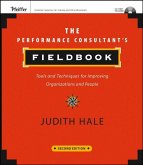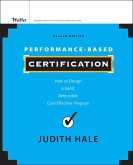

19,99 €
Versandfertig in 1-2 Wochen
2,99 €
inkl. MwSt. und vom Verlag festgesetzt.
Sofort per Download lieferbar
Gebundenes Buch
Tools and Techniques to Measure the Impact of Training
2002
John Wiley & Sons
Gebundenes Buch
What Every Manager Should Do to Get Results
2004
Pfeiffer, S.F. / Wiley & Sons
Ähnlichkeitssuche: Fact®Finder von OMIKRON
